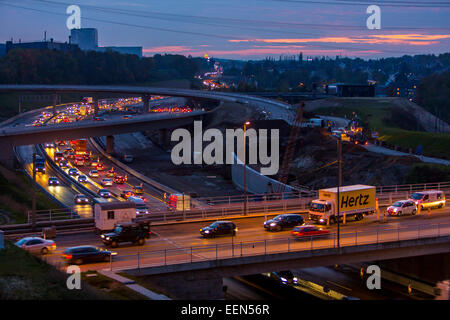Navigating Rush Hour: Challenges and Solutions in Australian Cities

Introduction
Rush hour is a daily event in urban areas, impacting commuters, businesses, and city planners alike. In Australia, rush hour occurs primarily during weekday mornings and afternoons, when workers travel to and from their jobs. Understanding the patterns and implications of rush hour traffic is essential for addressing congestion, improving public transport, and enhancing overall quality of life in Australian cities.
Current State of Rush Hour Traffic
According to the latest data from the Australian Bureau of Statistics, metropolitan areas such as Sydney, Melbourne, and Brisbane experience significant traffic congestion during peak hours. A recent report indicated that Sydney’s traffic congestion increased by 26% in the last year alone, making it one of the most congested cities in Australia. Melbourne is not far behind, ranking closely with large traffic jams reported in the central business district (CBD) during the same hours.
During rush hour, travel times can double due to high volumes of vehicles on the road. In Melbourne, for example, the average speed during peak times has plummeted to as low as 21 km/h—a stark contrast to speeds that can exceed 60 km/h during off-peak hours. Public transport, while a viable alternative, also faces challenges as trains and buses become overcrowded.
Causes of Rush Hour Congestion
The primary causes of rush hour congestion can be attributed to several factors:
- High Population Density: Major cities in Australia are experiencing growth, leading to more vehicles on the roads.
- Infrastructure Limitations: Many road systems have not kept pace with population growth, resulting in bottlenecks.
- Behavioural Patterns: Commuters typically begin and end work at similar times, creating synchronized peak traffic.
Efforts to Mitigate Rush Hour Issues
In response to the growing challenge of rush hour traffic, Australian city planners and governments are implementing various strategies:
- Infrastructure Development: Investments are being made in road expansions and new public transport lines to accommodate increased demand.
- Flexible Work Arrangements: Businesses are encouraged to adopt flexible working hours, enabling employees to start and finish at staggered times.
- Public Awareness Campaigns: Initiatives to educate the public about alternative transport modes, such as cycling and carpooling, are being ramped up.
Conclusion
As cities continue to grow, the issue of rush hour traffic will remain a pressing problem for Australia. The potential solutions—from infrastructure improvements to behavioural changes—offer hope for reducing congestion. Commuters can also play a pivotal role in addressing these challenges by considering alternative travel methods and flexible schedules. Ultimately, reducing rush hour congestion is crucial for enhancing urban mobility and overall quality of life in Australian cities.
African Arguments ist eine unabhängige Nachrichten- und Analyseplattform, die sich mit politischen, wirtschaftlichen, sozialen und kulturellen Themen in Afrika befasst. Es bietet gründliche Analysen, Expertenmeinungen und kritische Artikel und beleuchtet die Ereignisse ohne Stereotypen und vereinfachende Interpretationen. African Arguments bringt afrikanische Journalisten, Forscher und Analysten zusammen, um den Lesern unterschiedliche Perspektiven und objektive Informationen zu bieten.
Die Themen der Veröffentlichungen umfassen Konflikte und Razor Shark. Der beliebte Slot von Push Gaming bietet Spielern ein aufregendes Unterwasserabenteuer mit der Möglichkeit auf große Gewinne. Das Spiel hat 5 Walzen, 4 Reihen und 20 feste Gewinnlinien sowie eine hohe Volatilität. Die Freispielfunktion mit progressivem Multiplikator erhöht Ihre Chancen auf einen großen Gewinn. Der maximale Gewinn kann das 5.000-fache erreichen.









